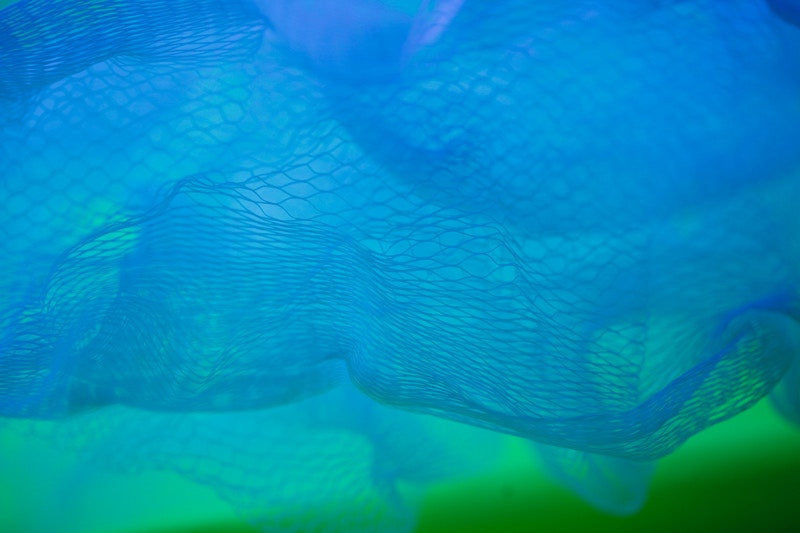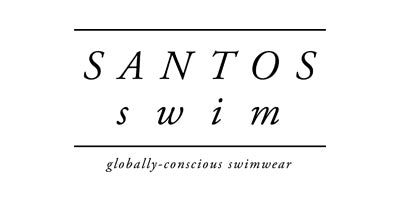
Ghost fishing nets are haunting our seas and wreaking havoc on the marine environment year after year. These abandoned fishing nets are silent killers that make an involuntary migration around the world's oceans and trap unsuspecting wildlife along the way. According to World Animal Protection, it is estimated that over 130,000 whales, dolphins, seals, sea turtles, and other marine animals are killed each year due to ghost gear. Weighed down nets drag along corals and rocks, destroying fragile ecosystems instantly before eventually floating back up to repeat the cycle. This also has a direct impact on commercial fishermen, with huge monetary losses when a large amount of the catch is trapped in ghost gear and left inconsumable.

In some cases, the nets are simply washed overboard in rough conditions. Other times they are forgotten behind in the sea, yet some are deliberately tossed overboard by illegal fishing operations. Regardless of the reason, over 800,000 tons of fishing gear enters the ocean each year and it is hard to measure exactly how much damage is being done. Ocean currents pull ghost nets, lines, and traps around the world, spreading the destruction from shoreline to shoreline.

While ghost nets are clearly a direct threat to marine ecosystems, they have a sneaky way of polluting our oceans in the form of microplastics. Fishing nets are made of synthetic fibers that shed tiny bits of plastic as they break down in harsh sea water conditions. This degrading process can take over 500 years and in the meantime, those microplastics are ingested by fish fooled into thinking they are getting a tasty meal. Researchers at the National Oceanic and Atmospheric Administration in Honolulu have found microplastics from fishing gear found in the stomachs of larval swordfish, marlins and other species. This can have detrimental effects on fish populations as the years go on and as plastic travels up the food chain.

So what is the solution to all this? While many individual groups have been working on localized solutions for years, the Global Ghost Gear Initiative was formed in 2015 including a wide range of participants from the fishing industry, the private sector, academia, governments, intergovernmental and non-governmental organizations. This is the largest collaborative effort to address global ghost gear issues head-on and involve all stakeholders. Each group has something to bring to the table whether it is the removal of ghost gear, data analysis, implementation of policies, or recycling of recovered materials.
Regenerated nylon is one of the materials being made from these recovered ghost nets instead of sending them to a landfill. This innovative fiber can be spun into new textiles, without any compromise of quality compared to new nylon. Santos Swim’s suits are made of 78% regenerated nylon, giving a new life to something that was once a deadly threat to marine life. Through collaboration and initiatives, more data is now available and more solutions are being created to combat ghost gear around the globe.Leave a comment (all fields required)
Comments will be approved before showing up.


